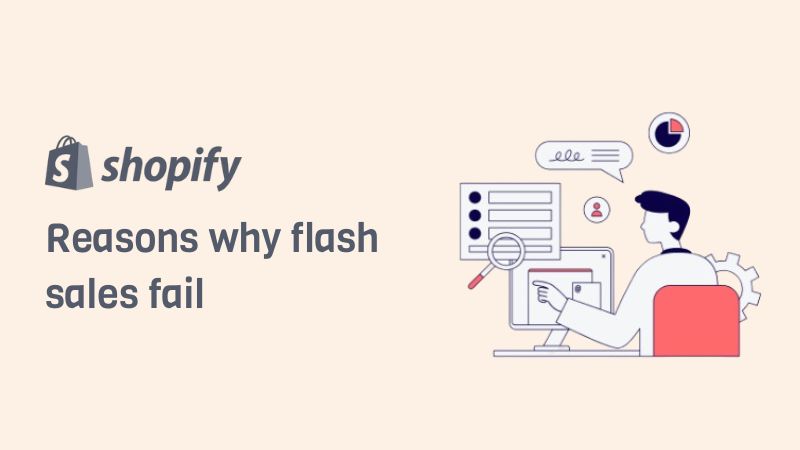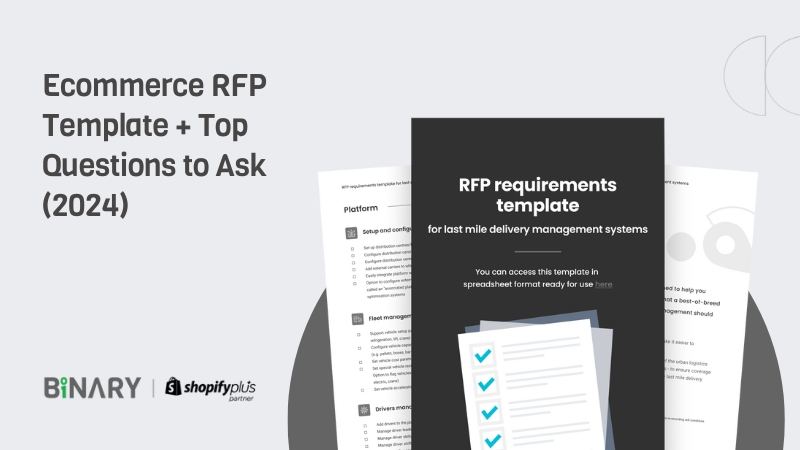Poor Planning and Execution
Flash sales can fail due to lack of preparation. Without a clear plan, it’s easy to overlook critical elements like inventory management and website readiness. Ensure that your website can handle the surge in traffic and that you have enough stock to meet demand.
Ineffective Marketing
Inadequate promotion is another common reason for failure. If customers are unaware of your flash sale, they won’t participate. Use a multi-channel approach to reach a wider audience, including email, social media, and paid ads.
Inventory Issues
Overstock or understock problems can lead to disappointed customers and lost sales. Use data analytics to forecast demand accurately and ensure you have enough products to meet it.
Customer Experience
A poor user experience can deter customers from completing their purchases. Ensure your website is easy to navigate, loads quickly, and offers a seamless checkout process. Any hiccups in the customer journey can result in abandoned carts and lost sales.
Conclusion
Understanding the common pitfalls of flash sales can help you avoid costly mistakes and ensure a smoother, more successful event. By addressing these issues proactively, you can improve your chances of running a successful flash sale. Avoid common pitfalls in flash sales with insights from Binary Shopify experts.























